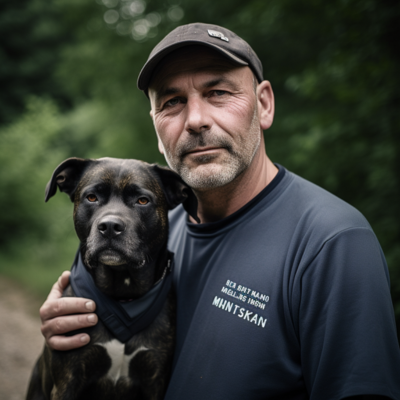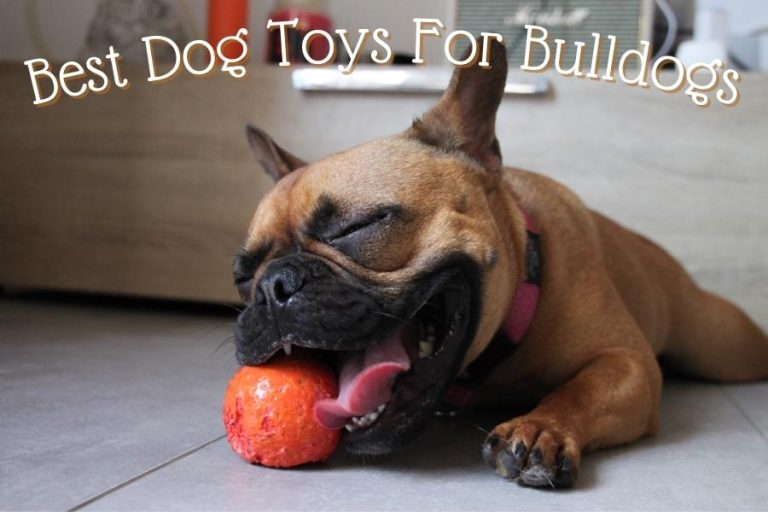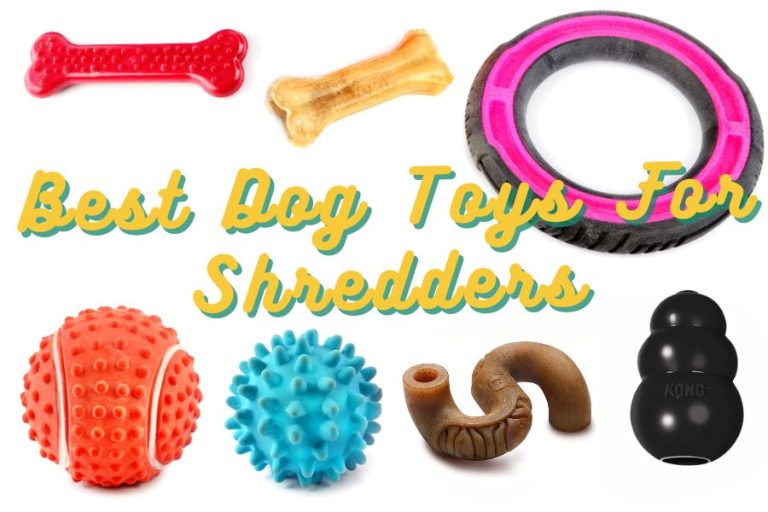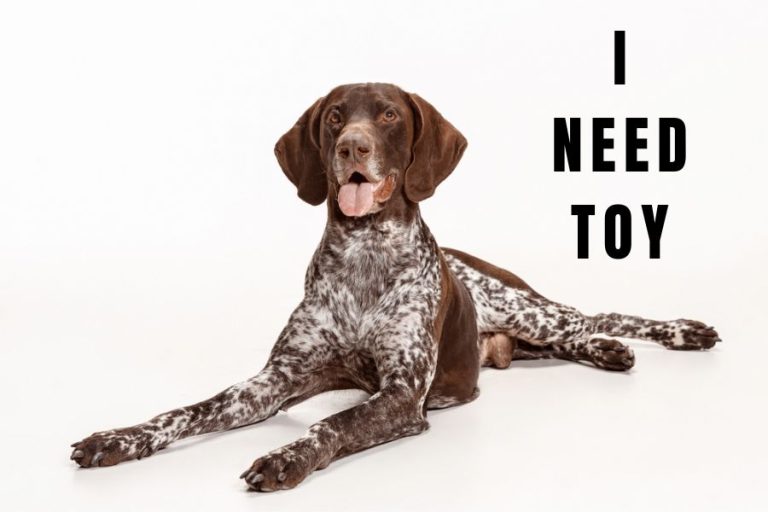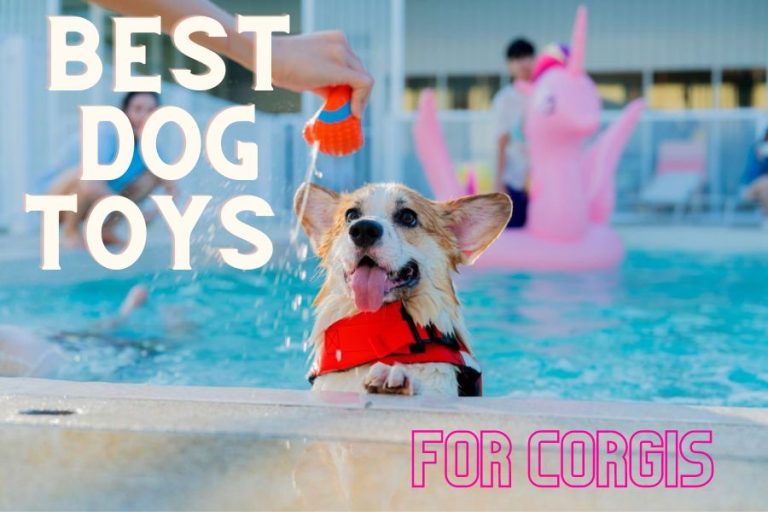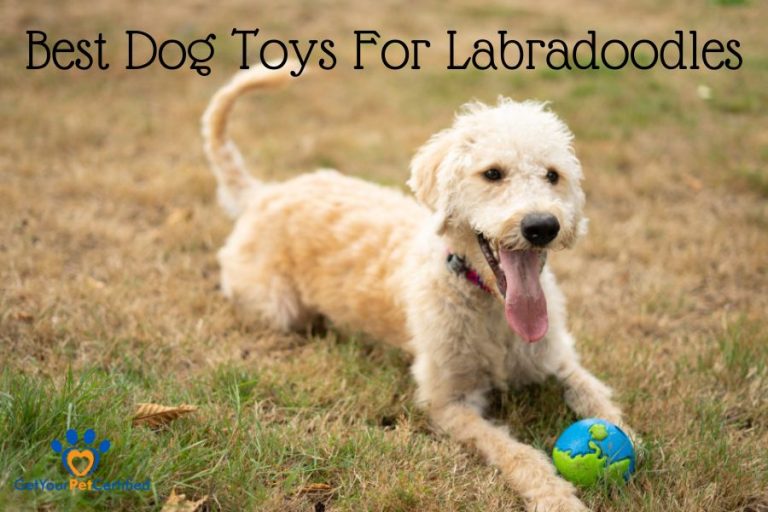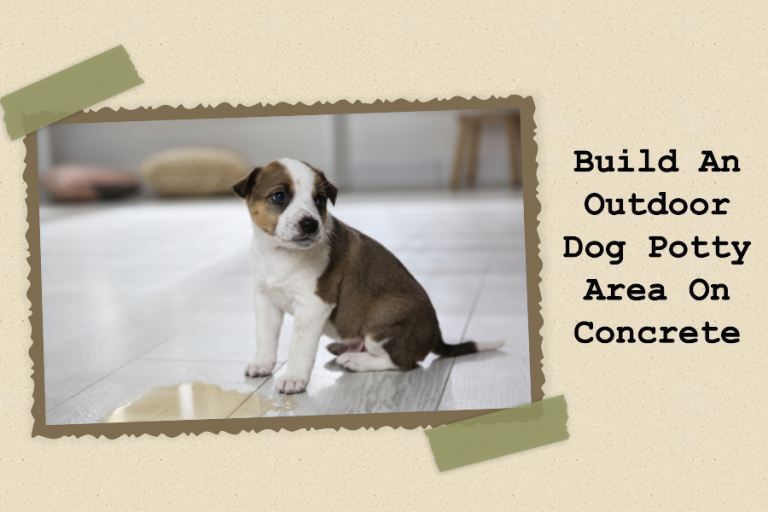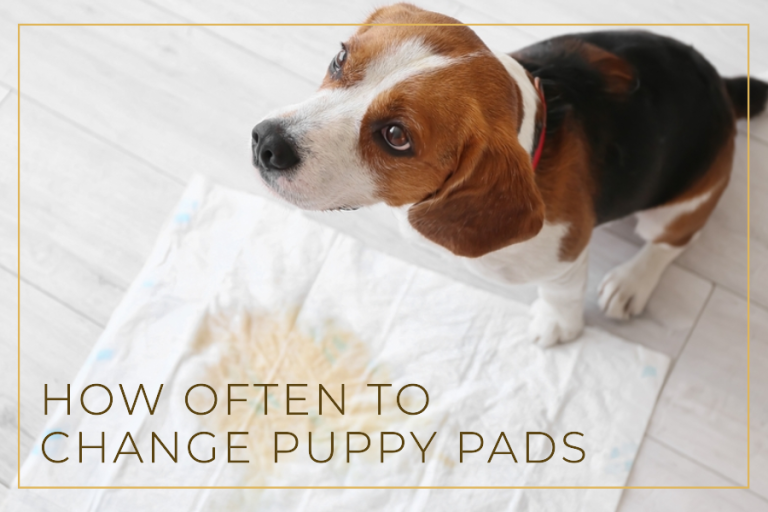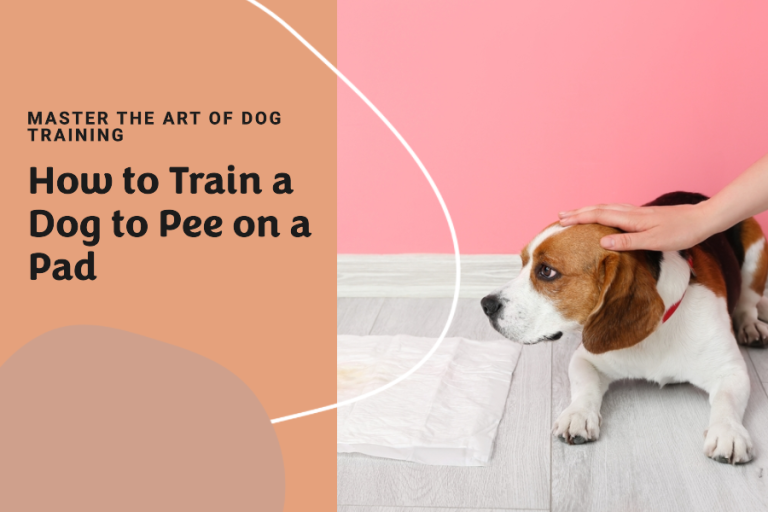Are Pee Pads Bad for Potty Training? Helpful or Useless
Introduction
Are you in the middle of the potty training battleground with your dog? The use of pee pads is a controversial product in this process. Imagine if your pet successfully learns to use the pad but then refuses to utilize the outdoors as a bathroom. These incidents raise a range of emotions and cast serious doubt on the usefulness of pee pads throughout the toilet-learning process.
In this article, we explore the pros and cons of using pee pads for potty training and give a concise answer to the most debatable question: Are pee pads bad for potty training?. We also collect real-life stories that illustrate the impact of pee pads on a puppy’s potty training journey. By the end of this read, you’ll be equipped with practical tips and alternatives to ensure a smooth and successful potty training experience.
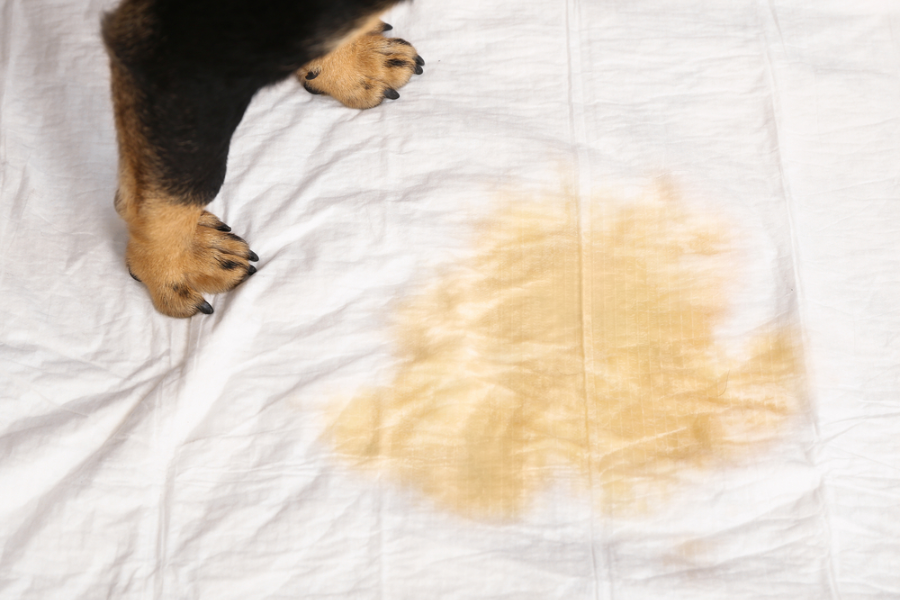
What Are Pee Pads?
Pee pads are like diapers for your dogs. Pee pads are a widely used tool in dog training, particularly for puppies and dogs with special circumstances. They’re absorbent sheets that catch pee, keeping your floors clean. However, their effectiveness and impact on long-term potty training habits have been a subject of debate among dog owners and trainers.
Description of pee pads
Dog pee pads are cleverly constructed with many layers, each one serving a different purpose. The top layer provides comfort for the dog’s paws and promotes efficient urine absorption since it is comprised of soft, non-woven fabric. This is a crucial component in maintaining a dry surface, reducing the likelihood that wet paws will be tracked over the floor. The absorbent core is the pad’s beating heart; it’s made from the same superabsorbent polymers (SAP) and fluff pulp that diapers do. This central section effectively collects and stores fluids, turning urine into a gel to prevent leaks and seal in smells.
Not all pee pads have it, but some feature an additional odor-control layer. This coating, made of odor-neutralizing chemicals or baking soda, greatly reduces urine odors and maintains a cleaner, more pleasant atmosphere.
The waterproof bottom layer, often made from plastic or water-resistant material, is vital for avoiding any leaking onto the floor, keeping the waste contained in the pad, and protecting your floors and carpets from any damage.
Due to their multi-layer construction, pee pads are an excellent and sanitary option for housebreaking a dog or caring for an indoor pet.
How pee pads work in potty training?
Here’s the deal with pee pads: you put them in a certain spot in your house. Then, you show your dog that’s where they should go pee. It’s a neat and tidy solution when your dog can’t go outside.
- Absorption: When a dog urinates on the pad, the liquid passes through the top layer and is quickly absorbed by the core. The SAP in the core expands as it absorbs the liquid, turning it into gel.
- Odor Control: For pads with an odor-control layer, any unpleasant smells are neutralized, reducing the impact of urine odor in the home.
- Leak Prevention: The waterproof bottom layer acts as a barrier, preventing any absorbed liquid from seeping through the pad.
Interesting Fact about Pee Pads
A survey conducted by the American Pet Products Association (APPA) revealed that about 40% of dog owners living in urban areas use pee pads during the initial stages of potty training. Puppies trained exclusively on pee pads may take up to twice as long to learn to go outside compared to those trained outdoors from the start.
Puppies trained exclusively on pee pads may take up to twice as long to learn to go outside compared to those trained outdoors from the start. Studies show that while pee pads are effective in the short term, they can potentially prolong the overall time required for outdoor potty training.
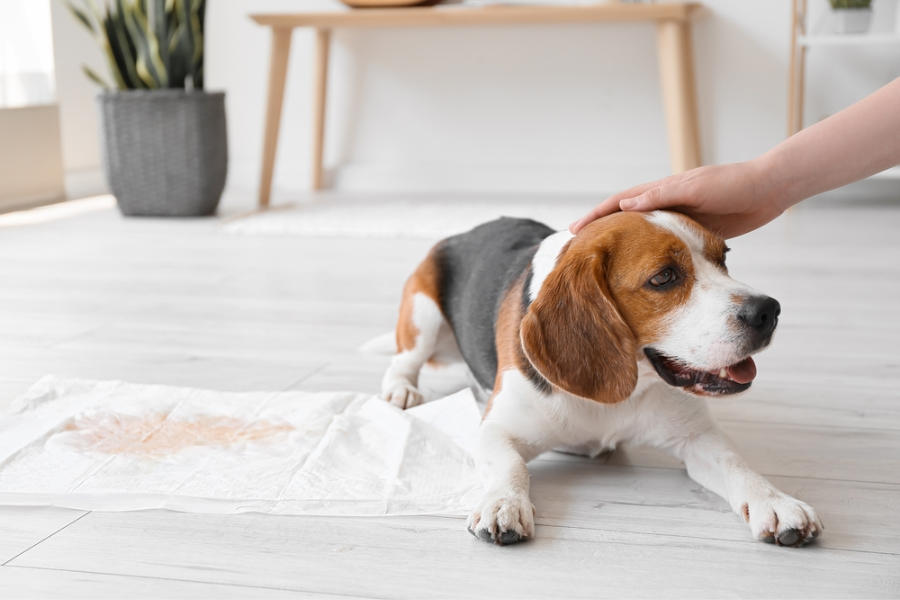
Are Pee Pads Bad for Potty Training?
Training your pup to go potty can be tough. But are they a help or a hindrance? Let’s break it down.
Effectiveness of Pee Pads in Training
We think pee pads can be pretty handy. They’re easy to use and great at soaking up messes, which can make life a bit easier if you’re new to owning a pet.
In the early stages of a puppy’s life, when access to the outdoors is restricted or the puppy has not yet had all of its vaccinations, pee pads may be quite helpful. They provide a specific area for the puppy to use as a bathroom, which may help it establish a pattern and learn acceptable bathroom locations. This is especially helpful for those living in apartments or experiencing bad weather.
Why Pee Pads Might Not Be the Best Choice?
But it’s not all good news. There are a couple of downsides to using pee pads.
When used exclusively or as a long-term solution, pee pads raise serious safety and hygiene concerns. Some puppies may prefer to defecate on hard surfaces. If they develop acclimated to the feel of pee pads, they can have difficulties adapting to going outdoors. Because of this dependency, pups may get confused about where they should go potty indoors, mistaking carpets and rugs with similar textures for their pee pads.
Then there’s the issue of waste. Most pee pads end up in the bin after use, which isn’t great for the environment. If going green is important to you, this is something to think about.
The Advantages And Disadvantages Of Using Pee Pads
To help you make an informed decision, we’ve compiled a straightforward table outlining the primary advantages and disadvantages of using pee pads for potty training.
| Advantages of Pee Pads | Disadvantages of Pee Pads |
| Convenient for indoor use | Potential for confusion |
| Useful in bad weather | Dependency |
| Safe for young puppies | Texture preference |
| Helpful for special circumstances ( senior dogs) | Hygiene and odor issues |
| Aid in early training | Environmental concerns |
| Emergency backup option | Ongoing cost |
How To Potty Train With Pee Pads
While scent attraction is important, it’s not the only factor that influences a dog’s use of pee pads. Our training methods also play a significant role in guiding dogs to pee on these pads.
Signs that a dog is ready to pee
Recognizing common dog behaviors before peeing is crucial. These signs could include sniffing around, circling, whining, or showing signs of restlessness. Timing and scheduling your dog’s pee time can also be a helpful strategy. Dogs often return to spots where they’ve urinated before, so watch if they head towards areas they’ve had accidents in the past.
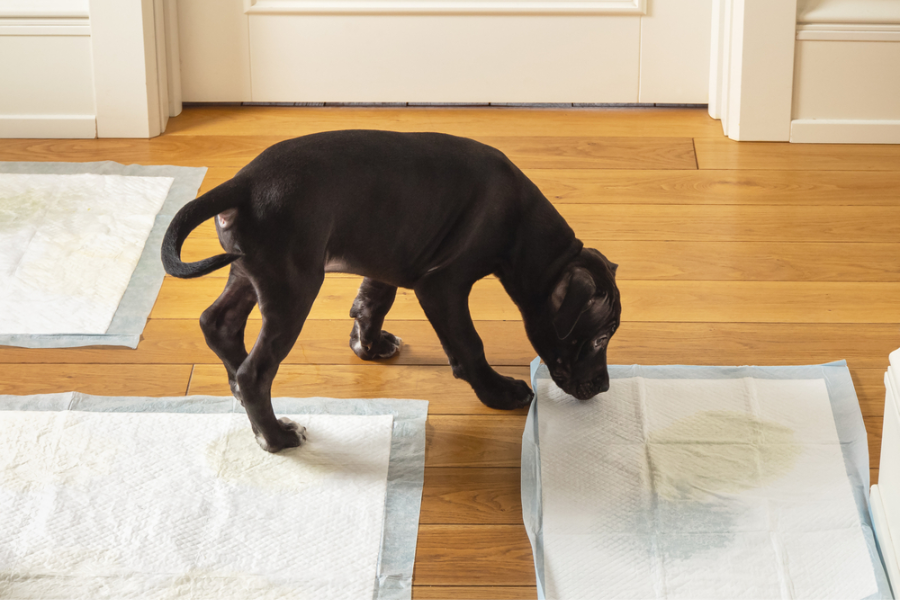
The scent encourages dogs to pee on the pads
The embedded scent in pee pads acts as a marker that guides your dog to the pad. When your dog smells the scent, it triggers a natural instinct to mark over it, encouraging them to pee on the pad. This instinctual behavior is what makes pee pads an effective tool in potty training.
Proven techniques for directing dogs to pee pads
Consistently lead your dog to the pee pad and use a command word like “go potty” to create an association. Place the pee pad in an easily accessible, designated area and gently lead your dog to the pad during these scheduled breaks. Remember to be patient and consistent during this process. It takes time for dogs to fully understand and follow new routines.
Reward systems that motivate dogs to use pee pads
Positive reinforcement is a powerful tool in dog training. Rewarding your dog with treats or praises when they successfully use the pee pad can motivate them to repeat the behavior. Here are some suggestions for unique treats and rewards:small pieces of cooked chicken, turkey, a quick play session, …
It’s important to remember that every dog is different. A dog’s motivational needs are as unique as its personality, so what drives one dog could not drive another. Pay attention to your dog’s preferences and responses to locate the most effective rewards for them.
Using Puppy Pads at Night: A Good Idea?
We’re here to chat about the ups and downs of using puppy pads at night. Let’s dive in!
Good Parts About Night-Time Puppy Pads
First, puppy pads can be a lifesaver for stopping messy accidents at night. Puppies can’t always wait until morning, and a pad gives them a spot to go when nature calls. Plus, no 3am trips outside in your pajamas!
Another big plus is that everyone gets more sleep. Your puppy won’t need to wake you up for a bathroom break, and they’ll be more comfortable too. So, it’s sweet dreams all around.
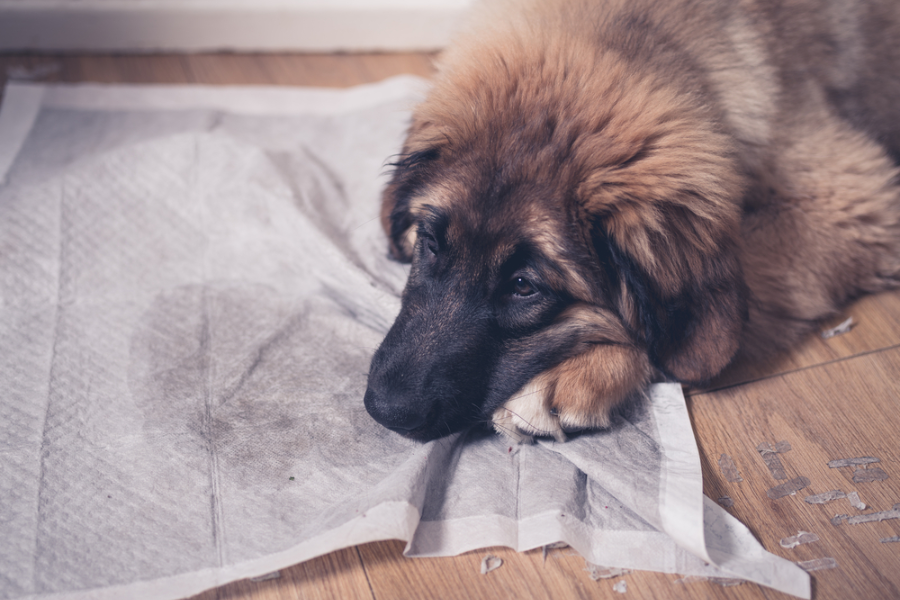
Downsides of Night-Time Puppy Pads
But, there are some downsides. If your puppy gets too used to the pad, they might not want to go outside anymore. This can slow down their outdoor potty training. Remember, the goal is to get them to go outside, not just on the pad.
Also, your puppy might start to rely too much on the pad. If they always have a pad, they might not want to go outside at all, even during the day. This could mean less playtime and exercise outside, which isn’t great for your puppy’s health.
So, there you have it! Using puppy pads at night has its perks and its problems. It’s up to you to decide what’s best for you and your furry friend. Remember, every puppy is different, and what works for one might not work for another. Good luck!
When Should You Stop Using Pee Pads
Every pup is different, but most start using pee pads at around 8 weeks old. And when to stop? Usually between 6 months to 1 year old. This is when they can control their bladder better. It’s all about your pup’s growth!
Ready to Ditch the Pee Pads
How can you tell if your puppy is ready to say goodbye to pee pads? Look for changes in behavior. Maybe they start wanting to go outside more, or can hold it in longer. Or maybe they’re too big for their pads and keep missing. Watch out for these signs – they’re your pup’s way of saying they’re ready for the next step.
Training Your Puppy to Go Outside
Ready to help your pup make the switch from pee pads to the great outdoors? Here’s a simple guide to help you out:
- Move the pee pad near the door. This will help your pup make the link between the door and potty time.
- Next, move the pad outside. Now your pup will get used to going outside when they need to go.
- Start cutting down on the pee pad. Take your pup outside often, and make a big fuss when they do their business. They’ll soon get the idea that outside is the place to go.
- When your pup is doing well, say goodbye to the pee pad for good.
Remember, it’s all about patience and cheering on your pup. Every pup is different, and some might take a bit longer. That’s okay. Keep at it, and soon your pup will be a potty training pro!
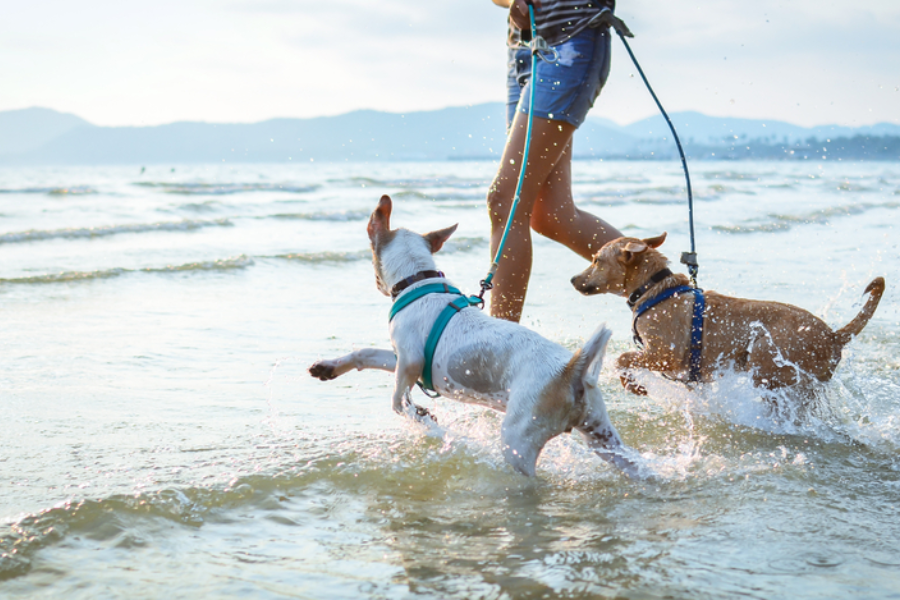
Alternatives to Pee Pads
Here are some viable alternatives, especially if you’re looking for solutions that better align with your lifestyle or training goals:
- Litter Boxes for Dogs: Just like cats, some dogs can be trained to use a litter box. There are dog-specific litter boxes available, which can be filled with absorbent material like paper pellets.
- Grass Patches (Real or Synthetic): Real grass patches or synthetic turf can be used indoors or on balconies. These mimic the natural environment and can ease the transition to outdoor potty training.
- Bell Training: Teach your dog to ring a bell hung near the door whenever they need to go outside. This method encourages communication and can be highly effective for dogs that catch on to the concept.
- Indoor Doggy Restrooms: Some products mimic the feel and smell of grass and are designed to be used indoors. These are more sophisticated than traditional pee pads and often have a system to separate liquid waste for easier cleaning.
Insights from Pet Owners
In my research on effective potty training methods for apartment-dwelling dogs, I came across some valuable insights from pet owners. One user shared a creative solution for those with a balcony.
They constructed a ‘pee station’ using a wooden frame, lined it with plastic, and equipped it with real turf sourced from a hardware store. Despite the need for monthly turf replacement, the user reported significant success with this setup.
Another pet owner recommended beginning with a puppy pad, ideally placed on a balcony if available. If a balcony isn’t an option, positioning the pad in a part of the home somewhat removed from the puppy’s sleeping area was suggested.
The key, as this user emphasized, is in gradually moving the pad closer to the door, teaching the puppy to associate that spot with going out for bathroom needs. This approach requires patience in training and transitioning the puppy outdoors, as well as allowing time for the puppy to mature and gain better control over their bladder and bowel functions, particularly at night
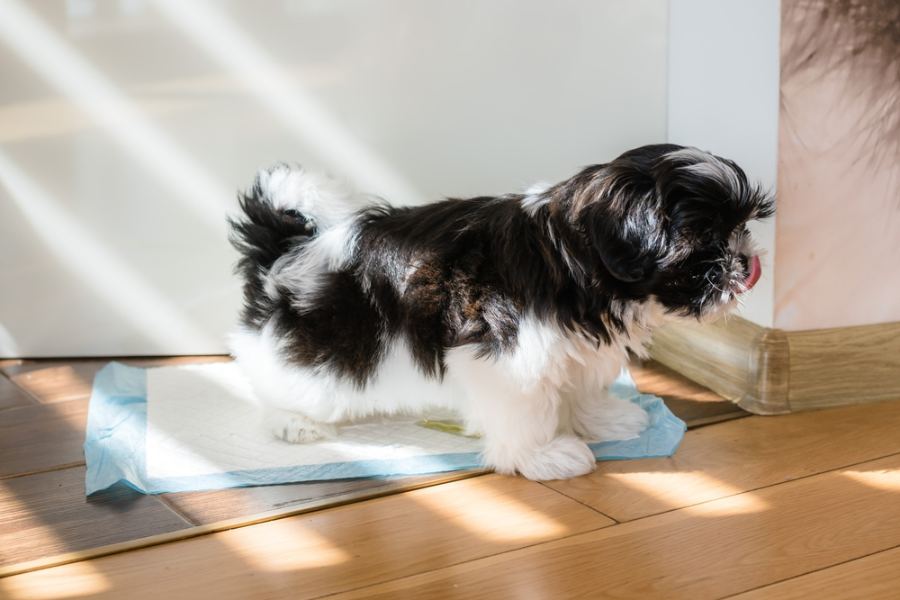
Conclusion
In our journey to explore the world of potty training, we’ve dived deep into the realm of pee pads. We’ve looked at the good sides, such as their convenience and the freedom they give to those living in apartments or without access to outdoor spaces. They’re easy to use and can be a real lifesaver, especially during those tricky nighttime hours.
However, we’ve also seen that there can be downsides. There’s a risk that our furry friends might get confused about where it’s okay to pee. Plus, we need to consider the impact on our environment when we throw these pads away.
But how long should we use these pads? We’ve learned that it depends on the dog’s age, maturity, and readiness to transition to outdoor potty training. There are physical and behavioral signs we can look out for to help us know when it’s time to make that change.
But at the end of the day, it’s about what works best for you and your pet. Our advice is to use them as a tool, not a crutch, and always be ready to adapt to your dog’s changing needs.

